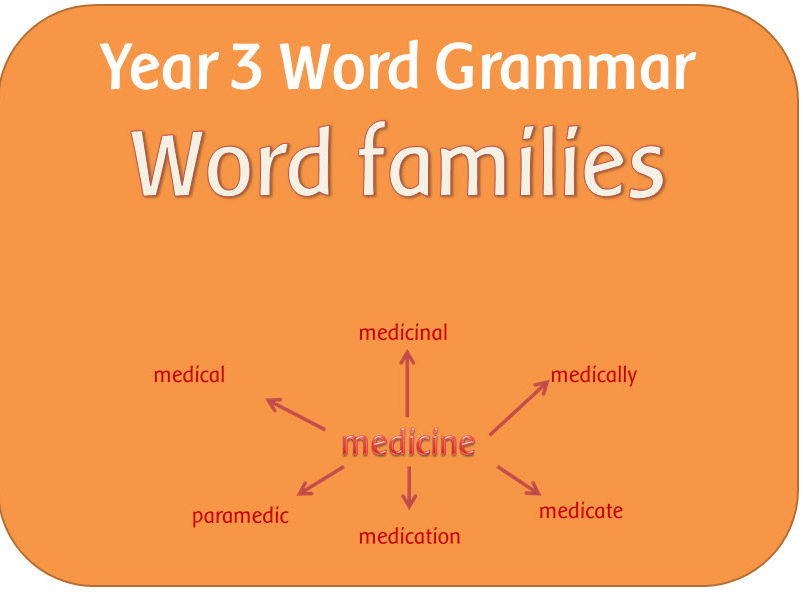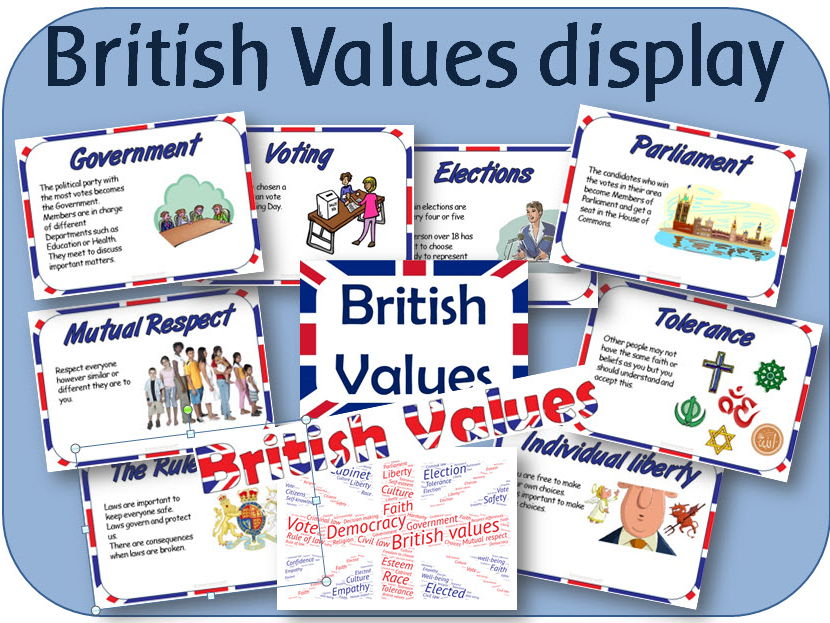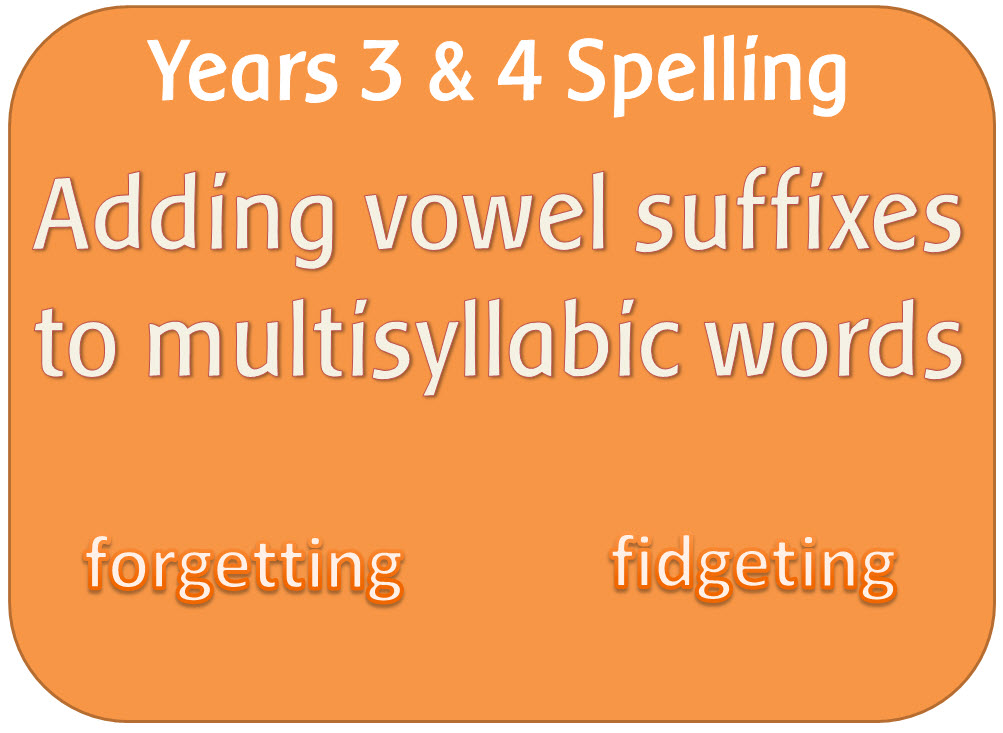
404Uploads
1062k+Views
679k+Downloads
All resources

History of Trains powerpoint
The PowerPoint is 55 pages long. It covers the history of trains from the first vehicle to be pulled on rails over 200 years ago; steam trains; the locomotive; the Rocket; diesel trains, through to the modern electric trains of today.
It is written in the style of a non-fiction book, with a contents page, index and glossary.
It would be suitable for upper KS1 or lower KS2 and can be used in a history topic or as a non-fiction book in English.

KS2 HOMOPHONES posters / flashcards
A set of A4 posters containing all the homophones identified in the Year 3/4 and 5/6 spelling appendix.
Each page is split into 2 so that 2 homophones are printed on one page. You can cut them in half and use as flashcards or leave them whole and display them. For Y3/4 there are 21 pages, plus 3 pages containing just one word. For Y4/5 there are 24 pages plus 1 page containing just one word, plus a set of 4 noun/verb posters.
3 & Y4 HOMOPHONES:
accept except
affect effect
ball bawl
berry bury
brake break
fair fare
grate great
groan grown
here hear
heel heal he’ll
knot not
mail male
meat meet
medal meddle
missed mist
peace piece
plain plane
rain rein reign
scene seen
weather whether
whose who’s
Y5 & Y6 HOMOPHONES:
aisle isle
aloud allowed
affect effect
altar alter
ascent assent
bridal bridle
cereal serial
compliment complement
descent dissent
desert dessert
draft draught
farther father
guessed guest
heard herd
led lead
morning mouring
past passed
precede proceed
principal principle
prophet profit
stationary stationery
steel steal
wary weary
who’s whose
Y5 & Y6 HOMOPHONES - nouns and verbs: Each set prints onto 1 A4
advice advise
device devise
licence license
practice practise

Places of worship - the Church and Christianity powerpoint and activities
A powerPoint lesson plus worksheets.
The PowerPoint is 46 pages long and split into different sections:
What do church buildings look like?
Shows photographs of new and old / large and small churches, and the oldest church in Britain; shows the layout of many church buildings, and explains who goes to church and why.
What do church buildings look like inside?
A large photograph of the inside of the church for children to look at; then shows and explains about different types of furniture found inside a church. (Altar, font, stained glass windows, lectern, pulpit, pews and kneelers, and organ)
What artefacts are found inside churches?
Shows religious artefacts, and explains why they are found in churches. (Crosses, Hymn board, candles, Bible, Tabernacle, chalice, ciborium and patten, statues, and the stations of the cross.)
What symbols might be found inside a church?
The Ichthus, doves, candles, Communion bread, water, colours, bells, incense)
What celebrations might happen in church?
Sunday services, baptism, marriage, funerals.
How should we behave in a church?
Asks questions about appropriate behaviour.
Worksheets (pdf format to print out)
Church building - Shows the inside of a church, for children to label
Church diagram - Shows the layout of a church, in a cross shape
Church objects - Pictures of a font, Chalice and communion bread, an altar, stained glass window, pulpit and church organ for the children to write about.
Design a hassock - A template for designs
Objects worksheet - For the children to choose an object they find in church, and draw, and describe it.
Symbols of Christianity - Pictures of the Ichthus, dove, and cross with space for the children to write about them./ artefacts in a church / symbols / celebrations/ how should you behave in a church.

KS2 Topic The Victorians: powerpoint lesson pack
A look at life in Victorian times. The powerpoints cover:
Who were the Victorians and when did they live: Includes British timeline, Queen Victoria's life, and comparison of rich and poor family in Victorian times
Dr. Barnado: His life, and how he improved life for poor children.
Lord Shaftesbury: His life, and how he improved factory conditions, and education.
What was it like going to school at the end of the nineteenth century: What Victorian schools were like
How did different Victorian children use their spare time: Explains the different activities and toys of rich and poor children
Leisure time in the Victorian era: How the Victorians entertained themselves
What was life like for a poor child in the 1840's: Explains the different jobs poor children had to do, with photographic evidence, and links to online research.
Victorian Household objects: 11 photographs to look at and find clues.
Victorian Life: Photographs of Victorian Britain to look at and use for discussion points.

Volcanoes - display resources
A set of pdf files for display:
Volcano Vocabulary - Includes volcano terminology, an explanation, and a picture for each of the following: ash' bomb; caldera; cinder cone; crater; crust; eruption; fault; geothermal; lava; lava dome; lava flow; mud flow; phreatic eruption; plate tectonics; plug; pyroclastic flow; Ring of Fire; Strombolian eruption; vent.
Volcano word mat - To support the children in their work, contains pictures and vocabulary.
Parts of a volcano diagram - A labelled picture of all the different parts of a volcano.
Label parts of the volcano - 2 versions for the children to label.
Title - Prints onto an A4 sheet.
Banners - 2 versions, each prints onto 2 A4 sheets.
A-Z lettering - Contains 'Volcanoes' lettering, plus all the letters of the alphabet, lower and upper case.
Volcanic Explosivity Index - Information table to print, detailing how eruptions are measured.

Year 1 Maths: Multiplication and division lessons and activity pack
MULTIPLICATION AND DIVISION
LO: solve one-step problems involving multiplication and division, by calculating the answer using concrete objects, pictorial representations and arrays with the support of the teacher.
POWERPOINT ACTIVITIES:
Introduction to doubles: An explanation of doubles with visuals
Doubles: To 10 with visual cues
Sets of 2 rap: introduction to remembering multiplication facts
Grouping and sharing - twos: introduction to sharing objects between children so that they have 2 each.
PDF PRINTABLE RESOURCES
Array: In twos to 10
Array: In twos to 20
Array: In fives to 50
Array: In tens to 50
Flip flap twos
Flip flap fives (2 versions)
Flip flap tens

The Inuit - powerpoint and heading
The powerpoint covers the following:
Who are the Inuit?
Traditional Inuit homes
Modern Inuit homes
Modern villages
Traditional Clothing
Modern Inuit Clothing
Inuit food
Inuit art
Inuit tools
Seals
Fish
Hunting
Whales
Language
Inuit travel - on land and sea

KS1 Maths Measurement: WEIGHT AND CAPACITY powerpoints, activities, vocabulary and display pack
This pack meets the new KS1 curriculum requirements for capacity / volume and weight / mass.
It covers measuring with non standards units; moving on to standard units.
It consists of powerpoint lessons, display, headings, worksheets and activities.

SPaG Year 2 Spelling: Adding the endings ing, ed, er, est and y to words ending in consonant / -e
Resources to teach the spelling rules for: Adding –ed, –ing, –er and –est to a root word ending in –e with a consonant before it
POWERPOINTS
Adding suffixes to words ending in e: Explains what a root word and a suffix is, and shows the addition of -ed and -ing, explaining the spelling rule. It ends with an activity to add ing or ed and er, est or y to different root words.
Quick write - Adding ed to verbs ending in e
Quick write - Adding ing to verbs ending in e
Quick write - Adding er to words ending in e
Quick write - Adding est to words ending in e
Quick write - Adding y to words ending in e
Quick write activities show firstly the the root word, then how it changes/stays the same when the suffixes are added.
ACTIVITIES
Words ending in a consonant then e matrix: to fill in
TEACHER RESOURCES
Y2 Spelling Appendix: Adding suffixes to words ending in e: An adaptable outline plan
Word List - With relevant words ending in e with a consonant before it

SPaG Year 2 Spelling: Adding –ing, –ed, –er, –est and –y to words of one syllable
Resources to teach the spelling rules for: Adding ing, ed, er, est and y to words of one syllable ending in a single consonant letter after a single vowel letter
POWERPOINTS
Adding suffixes to one syllable cvc words: Explains what a root word and a suffix is, and shows the addition of -ed and -ing, explaining the spelling rule, and the rule for words ending in c and x. It ends with a quick write activity to add ing or ed and er, est or y to different root words.
Quick write - Adding ed and doubling
Quick write - Adding ing and doubling
Recap of the three suffix rules (includes adding suffixes to words ending in y following a consonant, and words ending in e following a consonant, plus the doubling rule)
Quick write activities show firstly the the root word, then how it changes/stays the same when the suffixes are added.
ACTIVITIES
Words ending in a consonant then e matrix: to fill in
TEACHER RESOURCES
Y2 Spelling Appendix: Adding suffixes and doubling: An adaptable outline plan
Word List - With relevant words

British Values Powerpoint lessons and activity sheets for KS1 and KS2
The set contains the following powerpoints:
Democracy introduction: Explains what democracy is, where it began, and a short history of how Democracy began in Britain. It explains that not all countries are democracies and gives examples of other types of government.
Democracy in Britain: Explains how democracy works in Britain; how votes are made, elections, political parties, Parliament and Government
Respect and Tolerance: Explains the ‘Out of Africa’ theory of where humans originated and how the migration of humans has affected race and culture. Explains the six major religions in Britain; their beliefs and their origins; asking the children to look at similarities and differences between them.
Respecting Differences: Something to make the children think - looks at different features in humans and how we might all be different but we are all human.
The Rule of Law: Explains what the Rule of Law is and how the legal system developed in England/Britain from medieval times to the present. Looks at civil law and criminal law, explaining the differences, and how the courts and the police are there to protect us.
The set also includes flags/ bunting to colour, writing and activity sheets and a topic cover.

Year 5 Vocabulary grammar and punctuation terminology posters
They contain all the 'terminology for pupils' identified in Appendix 2 for Year 5:
Modal verb; Relative pronoun; Relative clause; Parenthesis; Cohesion; Ambiguity; Nouns; Adjectives; Verbs; Suffixes; Adverb; Adverbial.

KS1 Maths Measurement: LENGTH & HEIGHT powerpoints, activities, vocabulary and display pack
A set of lessons to introduce measuring with standard and non-standard measures such as cubes, hand spans etc, with worksheets and printable centimetre rulers for recording practical activities.
Also includes headings, borders and vocabulary posters.

Year 2 Spelling SPag Adding ing, ed, er and est to a root word ending in a consonant then y
This set of 8 resources is to help children learn the rules for adding suffixes.
It contains the following files:
Adding suffixes to words ending in y: Explains what a root word and a suffix is, and shows the addition of -ed and -ing, pointing out the differences.
Quick write - Adding ed to verbs ending in y
Quick write - Adding ing to verbs ending in y
Quick write - Adding er to words ending in y
Quick write - Adding est to words ending in y
(Quick write activities show firstly the root word, then how it changes/stays the same when the suffixes are added.)
ACTIVITIES
Words ending in a consonant then y matrix: to fill in
TEACHER RESOURCES
Y2 Spelling Appendix: Adding suffixes to words ending in y- An adaptable outline plan
Word List - With relevant words ending in y.

Year 6 Vocabulary grammar and punctuation terminology posters
A set of A4 posters to print and display.
They contain all the 'terminology for pupils' identified in Appendix 2 for Year 6:
Subject; Object; Active; Passive; Synonym; Antonym; Ellipsis; Ellipsis (punctuation mark); Hyphen; Colon; Semi-colon; Dash; Bullet points; Cohesive devices; Adverbials.

Year 4 Vocabulary grammar and punctuation terminology posters
A set of A4 posters to print and display.
They contain all the 'terminology for pupils' identified in Appendix 2 for Year 4:
Determiner; Pronoun; Possessive pronoun; Adverb; Adverbial; Fronted adverbial; Plural; Verb inflections; Nouns; Possessive apostrophe; Sentence; Punctuation

SPaG Year 3 Grammar: Word families based on common words
3 POWERPOINTS:
Words and families: Explains what word families are and how to make them. It follows with 10 common exception words and related words .
Roots, affixes and word families: Explains how word families can be built by using affixes. Gives examples of the word family related to the word 'act' and also the word 'light'.
Word families: Building words using a matrix of prefixes, root words and suffixes.
PDF WORKSHEETS & ACTIVITIES:
Cards (x6 – act/give/light/pass/press/sign) containing words belonging to each word family
Word derivation sheet – blank
Word family – give
Word family – pass
Word family –press
Word family –sign
Word list – Latin root words and families (extension work)
Plus a Y3 VG&P plan

British Values display resources: Headings, posters, lettering word clouds etc for KS1 KS2
A set of resources for a British Values display. It contains:
9 A4 posters with headings, image and explanations. The headings are:
Democracy
The Rule of Law
Individual liberty
Mutual respect
Tolerance
Election
Voting
Parliament
Government
PLUS
British Values word clouds - 2 versions, one in a Union flag design the other in a British Isles design, both containing relevant words for the topic
2 x A4 headings 'British Values'
A-Z Lettering with a union flag background
Banner 'British Values' - prints onto 4 pages
Border strips - union flag images to frame a display
Bunting - in colour and black and white, with Union flag
Flags - of England, Scotland, Ireland, Britain
God Save the Queen - words
Large Union flag

Subordination and co-ordination powerpoint, worksheets and posters: SPaG Year 2 Sentence
A PowerPoint lesson explaining what subordination and co-ordination are with accompanying worksheets and posters, designed to teach the Y2 Sentence objectives.
The set contains:
POWERPOINT:
Subordination and coordination
A 7 page PowerPoint explaining how to connect sentences and clauses using subordination (when, if, that and because) and co-ordination (using or, and or but.)
It gives examples of how to use them in sentences then gives sentence starters for the children to complete using the words above.
ACTIVITIES / WORKSHEETS:
Co-ordination writing sheets x 4: Each sheet has a different picture. The children have to write sentences using the words and, but and or.
Subordination worksheets x 4: Each sheet has a different picture. The children have to write sentences using the words when, if, that and because
DISPLAY:
Two posters explaining subordination and co-ordination with examples and a heading.

SPaG Year 3 & 4 Spelling: Adding suffixes beginning with vowels to words of more than one syllable
A lesson explaining the rules of how to add vowel suffixes to words of more than one syllable, plus activities and a word list.




















